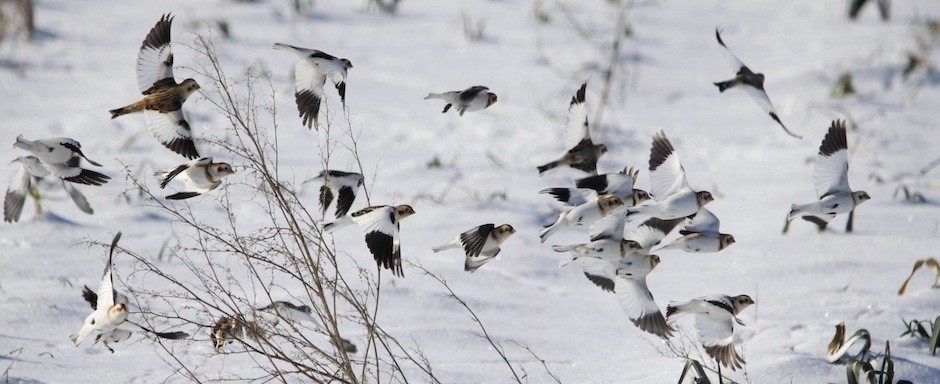In the Spring I was contacted by Virginia Winder, a PhD student at the University of North Carolina at Wilmington. She is using Nelson’s Sharp-tailed Sparrows (NSTS) to look at mercury contamination in saltmarsh habitats. Somehow she’d heard that we owned a cabin on Grand Manan Island and that I banded, so….would I be interested in catching these birds, banding them and then taking feather and blood samples for her study? The answer to that question was a foregone conclusion.
The best place to see/catch Nelson’s Sharp-tails on Grand Manan is Castalia Marsh. This lovely salt marsh is right next to the main road and is a nature reserve with road access connecting the highway to a picnic area on the raised dune separating the marsh from the ocean. It is an excellent place to see birds of all kinds. Right now, shorebirds abound. When the tide is out, they spread out to glean the exposed rocks of the ocean shoreline and the sand/mud bars in the marsh. [The plaintive whistle of the Black-bellied Plover has got to be one of the most bewitching sounds of the open coast.]
But back to sparrows….For the past 3 days, Marg and I have been up before the sun to get to the marsh, set out a net, and turn on a “lure” CD. We got 6 NSTS’s on the 18th and 1 yesterday (building on the 11 we banded at the beginning of July). This morning we set up the net backing onto an extensive wild rose bush with a scrubby “beach” next to a tidal pool in front. We turned on the boom box and got back into the car to wait. Shortly afterward I saw a bird struggling in the top panel of the net. I went to extract it with the expectation that it was probably a Savannah Sparrow, the commonest sparrow in the area. But to my surprise and amazement it was a Least Sandpiper! Given its position in the net, it would have had to have flown in from the ocean side and was just dropping down to get to the tidal pool. I had been seeing lots of Least Sandpipers in this area (we flushed a dozen or so when we set up the net). In Obrien et al.’s book The Shorebird Guide, it states: “In coastal areas [migrants] use sheltered tidal pools and margins of tidal flats, usually near vegetation.” This was certainly true of these birds as I was finding them high in the tidal wrack well away from the tidal flats (preferred, en masse, by Semipalmated Sandpipers – aggregations of 70,000+ are commonly seen on the exposed flats further up the Bay of Fundy).
So I guess I shouldn’t have been surprised. But I was and, as this was a banding first for me, was very pleased. [I’m not particularly competitive, but in some inexplicable way it made up for the Chimney Swift that Christine and Nancy banded on the 17th without me – a first for them and for Ruthven.]
Before the rain came this morning we had banded 1 Least Sandpiper, 1 Nelson’s Sharp-tailed Sparrow and 10 Savannah Sparrows. We also had caught (but didn’t band – I had neglected to bring the smaller bands) an American Redstart and a Yellow Warbler.
Rick

It’s a rough life, isn’t it?
This sounds far more exciting than watching a flock of Canada Geese fly over the Grand and a carp catching mosquitoes.